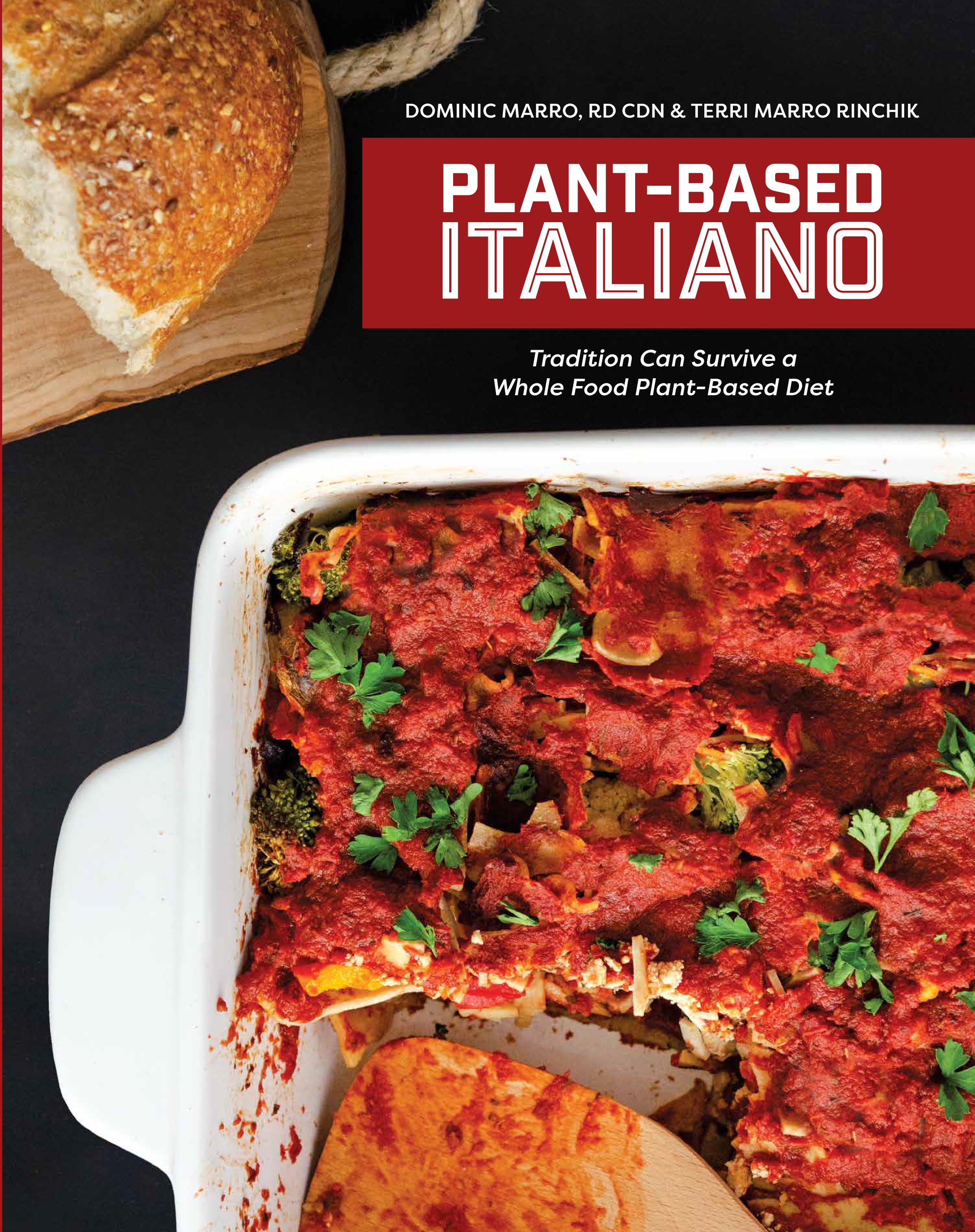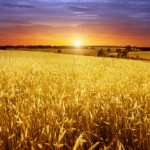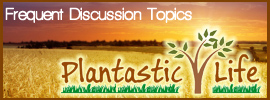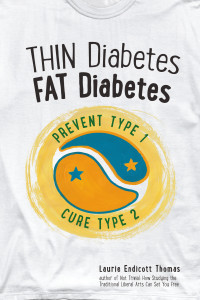With the success of the film Forks Over Knives, more and more people are becoming aware of the long-term health benefits of adopting a WFPB diet. This means that more and more people are considering making significant dietary changes in order to recapture their health. The initial excitement people feel about becoming the locus of control over their own health can quickly subside when the barriers to changing to a WFPB diet seem too great to overcome. One of the biggest barriers is the common perception that everyone that follows a WFPB diet eats like a rabbit.
You may be considering a WFPB diet and lifestyle, but are not confident you can follow through because you perceive the diet to be overly restrictive. There is no denying that it is restrictive, as you will have to eliminate or drastically reduce all animal products, added oils and added sugars. It’s also important to eat a fair amount of raw and/or cooked fruits and vegetables. For many people this can be hard to wrap their heads around.
If you are one of these people, I suggest that you look at what you CAN eat on a WFPB diet, rather than what you can’t eat. Below I’ve listed foods that you can eat when following a WFPB diet: This list is not complete!
Fruits
Apples, pears, oranges, tangerines, tangelos, lemons, grapefruit, kiwi, limes, cherries, pineapples, bananas, pomegranates, peaches, nectarines, plums, grapes, blueberries, strawberries, raspberries, blackberries, goji berries, mangoes, prunes, raisins, dates, apricots, cantaloupe, honeydew, watermelon
Vegetables
Kale, collard greens, mustard greens, turnip greens, spinach, broccoli, broccoli raab (rapini), beet greens, dandelion greens, kohlrabi, cabbage, red cabbage, okra, bok choy, carrots, onions, garlic, beets, radishes, lettuce, tomatoes, jicama, corn, potatoes, sweet potatoes, peas, squash, eggplant,
Grains
Rice, wheat, corn, rye, barley, *quinoa, *buckwheat, *amaranth, teff, spelt, millet, oats,
(*Quinoa, buckwheat and amaranth don’t meet the botanical definition of “grains”, but they are grain-like nutritionally)
Legumes
Navy Beans, Pinto Beans, Kidney Beans, White Beans, Black Beans, Garbanzo Beans (Chick Peas), Split Peas, Lentils, Black-eyed Peas, Pigeon Peas,
Not Just Salads
Pizza, pasta, bread, hot cereals, cold cereals, sandwiches, burgers, burritos, tacos, enchiladas, soups, stews, potatoes, sweet potatoes, casseroles, corn, peas, desserts, frozen desserts, **nuts,**seeds and **avocadoes
(**Not allowed on Dr. Esselstyn’s heart disease reversal diet)
If you like the majority of these foods, you can eat them without considering portion size. Eat until you are comfortably full. By focusing on the foods that you are allowed to eat, I think you’ll agree that it doesn’t seem so restrictive. As you eat these foods, over time, they will be the foods you want to eat all the time. You’ll look back and wonder why you ever thought WFPB was a highly restrictive diet.






 E Excerpt from Laurie Endicott Thomas’s amazing book Thin Diabetes – Fat Diabetes by clicking here!
E Excerpt from Laurie Endicott Thomas’s amazing book Thin Diabetes – Fat Diabetes by clicking here!
I have been becoming more and more WFPB and the results are astounding. First the arthritis pain, then 16 pounds in two months and lately the energy level. I can hardly wait until tomorrow; cause I get healthier every day. Thanks to all the doctors who espouse the WFPB way of life. Now if all Primary Care physicians and especially the hospitals and clinics they work for could be gutsy enough to start recommending it and even serving it to their in-hospital patients. Time to deal USDA a message from the people they are supposed to be serving.
Love hearing stories like yours.
I have followed this diet for 2 months and have lost 16 pounds, my cholesterol has lowered and blood sugar is perfect. The movie Forks over Knives really motivated me to make a lifestyle change to be around for my 3 year old grandson who is my joy! I never feel hungry either. I’m learning to make new dishes and my husband is trying to follow this program as well. Thank you!